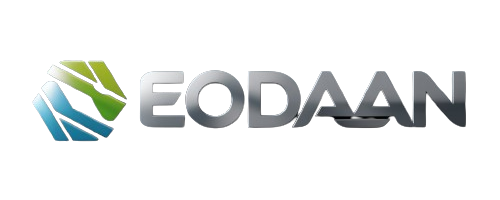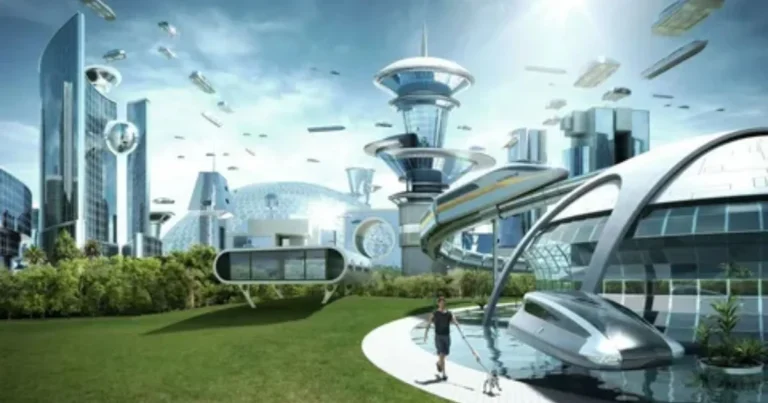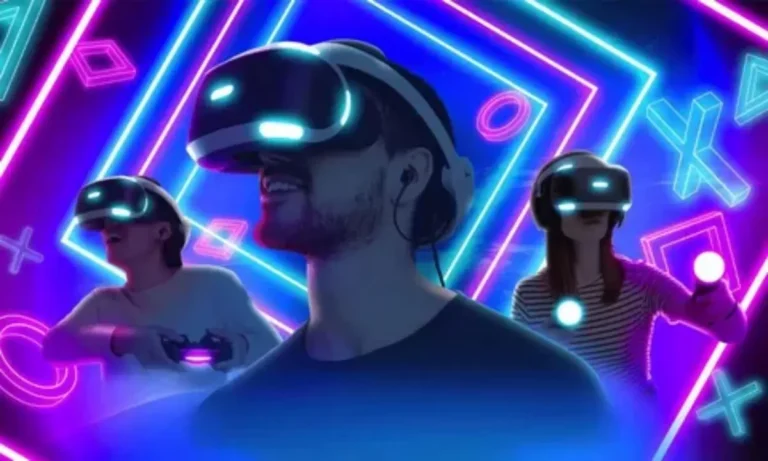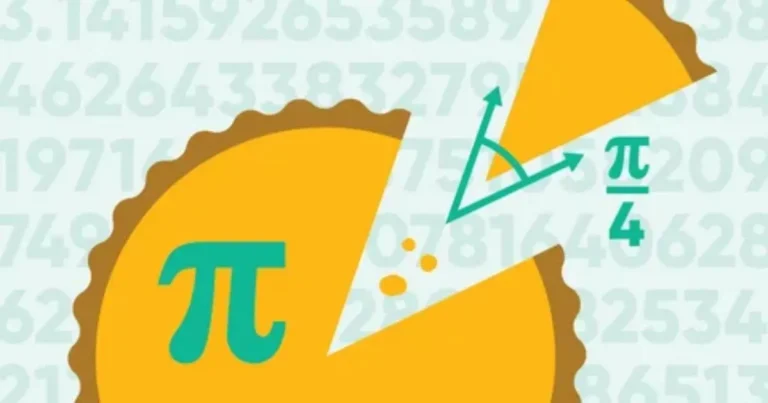Exploring The Halo (2003) Game Icons Banners| Combat Evolved
Exploring The Halo (2003) Game Icons Banners: Combat Evolved focuses on the iconic imagery and banners featured in the groundbreaking first person shooter game Halo Combat Evolved which was released for the original Xbox system in 2001. The banners present in the game serve as iconic reminders of the various factions players encounter. This analysis seeks to delve into the design and meaning of these banners what they represent in the game’s fiction and how they helped establish Halo as a seminal first-person shooter franchise.
The Impact of Halo (2003) Game Icons Banners
Halo: Combat Evolved featured memorable icons and banners that represented the different factions. These banners made a strong impression on players and became iconic parts of the Survival Evolved universe. Their designs were instantly recognizable and helped immerse players in the game’s world. Over twenty years later, the banners still hold significance for longtime fans of the series.
Collecting physical replicas of the banners allows fans to showcase their fandom and appreciation for Halo’s imagery and symbolism. Displaying the banners is a way to celebrate the influence of the Halo games and to reminisce about memorable moments from the games.
Collecting and Showcasing Halo (2003) Game Icons Banners
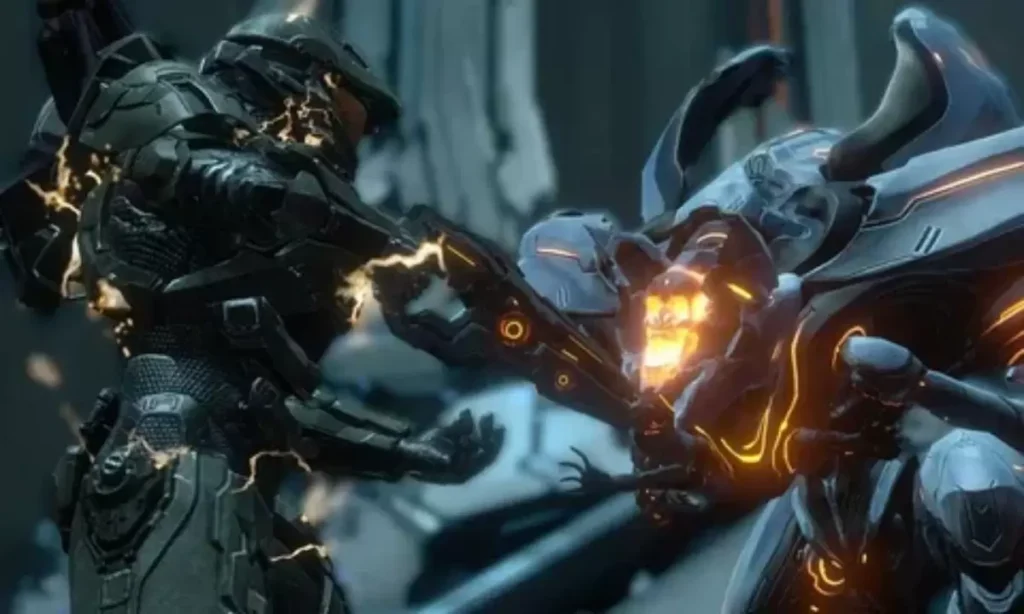
Many fans enjoy collecting memorabilia from their favorite games. Physical copies of the banners seen in Halo offer a unique collectible for serious fans. Displaying a collection of the different banners allows fans to appreciate the factions. Arranging replicas of the Master Chief’s banner alongside those of the UNSC and Covenant lets collectors arrange a miniature museum honoring Halo. Showcasing banners is a fun way for collectors to share their fandom.
The Significance of Game Icons and Banners
Game banners hold significance as symbols within the fiction. They identify the different factions players encounter. The Covenant banners signal dangerous alien enemies are near. Displaying replica banners allows fans to appreciate their meaning and better understand the game’s world. Collecting banners celebrates their importance to Halo’s identity and legacy.
Collecting Halo Icons and Banners
Fans search various sources to find high quality replicas of Halo banners. Online stores or collectors may offer printed versions for display. Locating banners from all sides adds to the thrill. Assembling a full set allows collectors to arrange banners chronologically or by faction. This showcases the rich iconography that defined Halo’s memorable experience.
Showcasing Your Collection
Displaying banners together creates a focal point for any game room. Arranging them thematically fits fans’ appreciation for Halo’s depth and detail. Friends can discuss favorites from viewing the collection. Well-presented collections start conversations and let fans share enthusiasm. Showcasing banners strengthens the community for those who enjoyed Halo’s iconic symbols.
The Significance of Halo Icons and Banners
The banners featured in Halo took on great importance within the games’ fiction and lore. They identified the different factions that Master Chief encountered, from the human UNSC to the hostile alien Covenant. These banners not only served an in-game purpose but became iconic parts of Halo’s greater identity. Their memorable designs still resonate with fans today as symbols representing the series.
The Essence of Iconography in Gaming
Game iconography enhances immersion by signaling important aspects of the virtual world. Distinctive banners, uniforms, and emblems give personality and identity to factions. This use of symbolic visuals is a hallmark of high-production games. Halo established itself through the impact of its banners and how they distinguished the conflict’s opposing sides.
The Master Chief: A Symbol of Heroism
The Master Chief is iconography in human form. As the protagonist soldier in green armor, he represents hope and perseverance against impossible odds. Through the Chief’s experiences across Halo games he evolved into a revered symbol of heroism for gamers. His battles against the alien Covenant defined the original Xbox’s greatest franchise.
The UNSC Emblem: Unity and Strength
The United Nations Space Command banner symbolized humanity pulling together in the face of the alien threat. Its simple design invoked unity through three interlocking rings. Displayed proudly on human outposts and vehicles, the UNSC emblem came to represent the grit, resilience and teamwork needed to survive the war with the Covenant.
Covenant Symbols: The Alien Menace
The varied alien races united under the Covenant brought diverse and memorable banners to Halo. Their strong visuals established an otherworldly tone. Chief icons like the elites’ spear-and-jaguar shaped one will always represent the mysterious and dangerous alien invaders that challenged the Master Chief across his epic saga.
Multiplayer Icons: Identity and Competition
In Halo’s iconic multiplayer modes, profile icons let players customize their online identities. Memorable options like the flaming skull stood out in matchmaking screens. Friend or foe, these icons spawned friendly rivalries and trash talk between gamers, cementing Halo’s status as the pioneering Xbox Live shooter. Their impact still resonates in modern online shooters.
The Staying Power of Halo’s Iconic Visuals
Halo established some of the most iconic and recognizable visuals in gaming history. Over 20 years later, these symbols still strongly resonate with fans around the world. Their design excellence helped cement Halo as one of the leading sci-fi franchises in pop culture.
Fans proudly showcase banners, armor designs, and other imagery they associate with cherished gameplay memories. This lasting connection provides insight into great icon design’s importance. Let’s look at the development perspectives that built such impactful and enduring visual language.
The Art of Icon Design: A Developer’s Perspective

Developers aim to craft vibrant yet meaningful visuals when constructing a game’s identity system. Halo’s varied factions required balanced distinctiveness in their emblems. Striving to portray tension between humanity, Covenant, and Forerunners through strong symbols informed careful creative discussions. Playtesting gained feedback revealing impactful designs.
Legacy and Influence
Halo’s earliest visuals laid the foundation for what came after. Its iconic symbols immediately grabbed attention upon the series’ launch. Establishing familiar staples like the Master Chief and main factions set the stage for Halo’s epic 20-year journey. Its revered imagery has inspired countless other games and creators.
The Evolution of Halo’s Visual Identity
As new entries expanded the storyline, refining preexisting visuals and introducing fresh ones aided in world-building. Fans followed the evolving conflicts. Subtle updates tied visuals closer to current events while preserving nostalgic aspects. This balanced evolution enriched the franchise over the years.
Refining the Classics
Given time, even beloved designs can grow stale or veer from canon. periodic examination spot opportunities to refine while respecting tradition. Classics receive new intricate details honoring their history before being reintroduced. Fans appreciate the attention ensuring designs remain striking for new and veteran players.
Introducing New Visual Elements
Each Halo entry debuts unexplored factions, characters, and technologies begging distinctive symbols. Crafting these excites fans and developers alike. Designers carefully attach meaningful histories to new emblems, ensuring they enhance the rich tapestry. Iconic introductions expand beloved worlds.
Expanding the Visual Universe
As stories branched beyond core games, supplementary materials presented chances to flesh out obscure curiosities. Designers relished constructing visual dialects. From novels to anime, preserving cohesion amidst diversity results in a visually stunning lore. Fans immerse deeper in expanded iconography.
The Power of Nostalgia
Nostalgia comprises a significant part of gaming appeal. Visual callbacks send fans swooning by retriggering emotional memories. As graphics advance, casually reintroducing simple early designs amid cutting-edge aesthetics creates a balance respected fans appreciate. Nostalgia fuels ongoing passion.
Revisiting Classic Moments
Remaking beloved levels satisfies nostalgia while surprising long-term fans. Iconic scenes receive modernized visual flourishes yet retain familiar ambiance. Developers emphasize preserving gameplay feel alongside refined graphics. Reintroducing unforgettable setpieces allows new fans to experience what made the franchise influential for prior generations.
Passing the Torch
Master Chief carried the franchise for two decades but passing leadership to new heroes revitalizes franchises. Introducing capable successors preserves revered traditions. Fans root for new protectors of humanity maintaining the relentless and honorable spirit embodied by their predecessors. Iconography shifts represent passing expertise to fresh blood while honoring history.
The Future of Halo’s Visual Legacy
As technology advances, visual styles will continually be reimagined, but core symbols will endure. New art directions excite long-term fans, welcoming fresh perspectives. Established iconography founds new eras which build upon past successes. Diversity thrives alongside tradition, resulting in visual futures reflecting expansive, immersive worlds.
Embracing New Technologies
Each innovation presents chances to realize visions unattainable before. Developers utilize cutting-edge tools to realize granular armor textures. Visually striking campaigns showcase expansive landscapes while intimate character models move fluidly. New technologies unfold rich visual stories, respecting roots.
Staying True to the Core
Amid technical leaps, maintaining soul resonance with loyal fans ensures lasting relevance. Iconic designs return in styles suiting modern times. Gameplay persists as the heart with visuals complementing but but not defining experiences. Core pillars of sci-fi action and heroic narratives anchor future successes by avoiding drastic reinventions.
Inspiring Future Generations
Early innovators hope sparking young minds is their legacy. Future fans encounter Halo anew while creators energise next waves. Timeless visuals intrigues beyond initial demographics continually attracting fresh eyes to sci-fi speculations. Halo aims passing enthusiasm to inspire those continuing humanity’s future wherever technologies may guide the species.
FAQs
Conclusion
An analysis of the banners featured in the groundbreaking first-person shooter game Exploring The Halo (2003) Game Icons Banners| Combat Evolved” provides insight into how they helped establish the different factions and immerse players in the game’s sci-fi universe. These iconic visuals represented important aspects of the fictional world and made a strong lasting impression on fans. Studying the design and meaning of banners like those in Halo can demonstrate how symbolic elements are effectively used to identify groups and strengthen a game’s identity and storyline.

